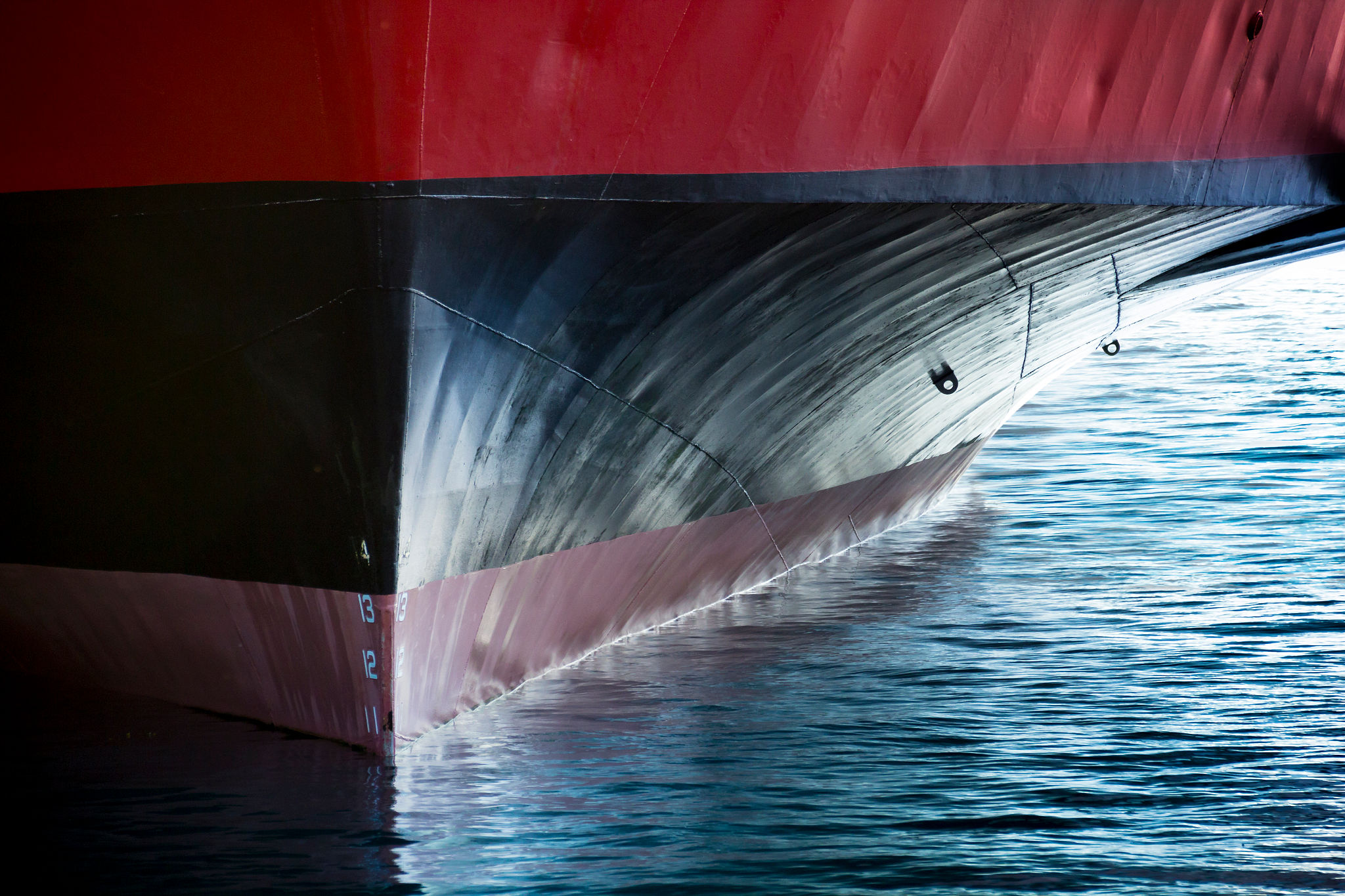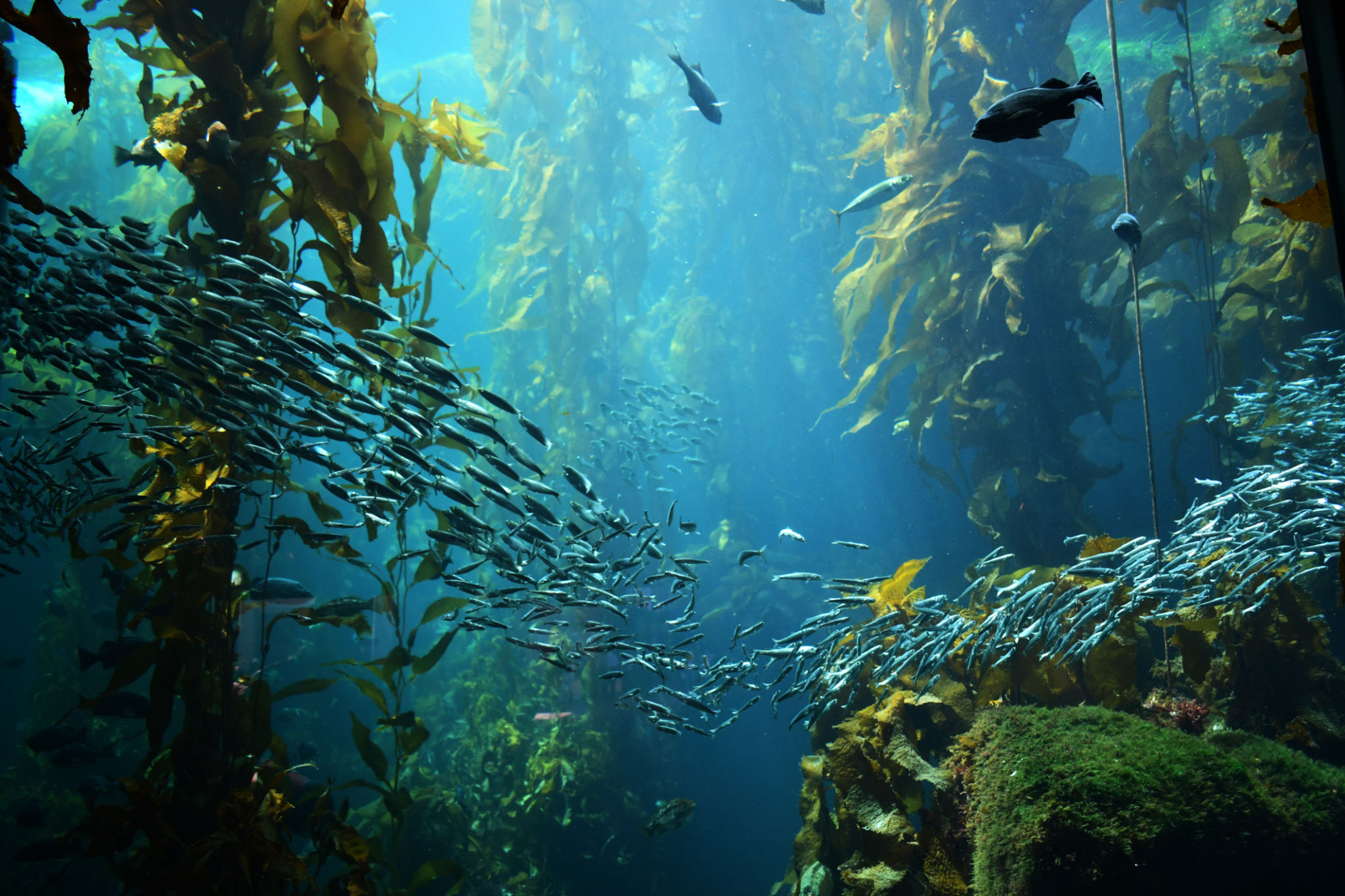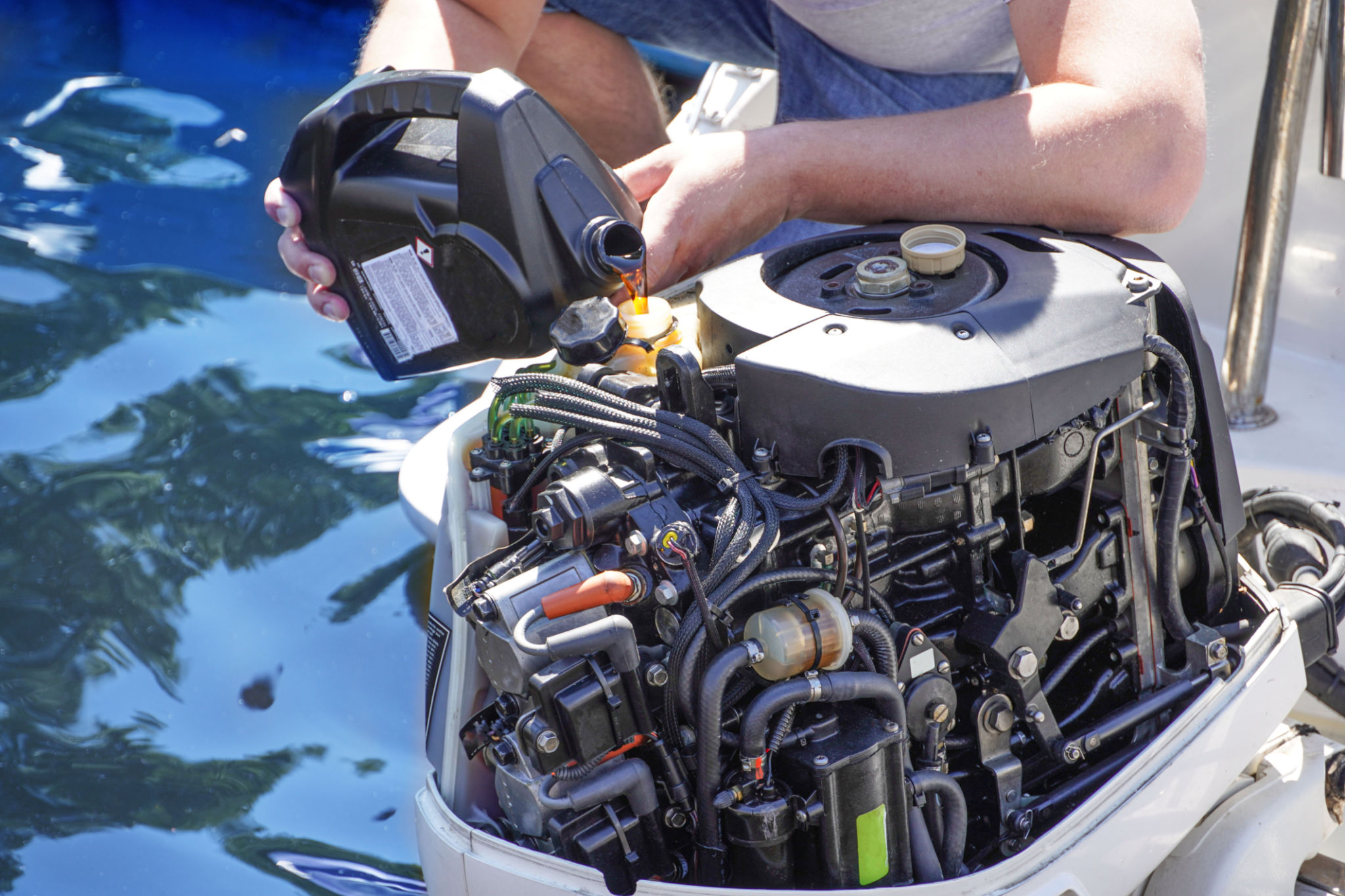Comparing Anti-Fouling Paint Options: What Works Best for BC Waters?
Understanding Anti-Fouling Paint
Anti-fouling paint is a crucial component for boat owners in British Columbia (BC), where marine growth can significantly impact the performance and longevity of vessels. This specialized paint is designed to prevent organisms like barnacles, algae, and mussels from attaching to the hull. With several options available, choosing the right anti-fouling paint can be challenging. This guide explores the different types of anti-fouling paints and their effectiveness in BC waters.
BC's unique marine environment poses specific challenges due to its diverse water temperatures and salinity levels. Therefore, selecting a paint that can withstand these varying conditions is essential for optimal performance. Here, we compare the most popular options to help you make an informed decision.

Copper-Based Anti-Fouling Paint
Copper-based anti-fouling paints are among the most commonly used types. They work by releasing copper ions into the water, which are toxic to marine organisms. These paints offer long-lasting protection and are effective in preventing fouling in most marine environments.
However, there are environmental concerns associated with copper-based paints. The continuous release of copper can accumulate in marine ecosystems, potentially harming non-target species. Despite these concerns, copper remains a popular choice for boaters seeking reliable protection.

Non-Copper Alternatives
For those looking for more environmentally friendly options, non-copper alternatives have gained popularity. These include biocide-free paints and those using other active ingredients like zinc or organic compounds. Non-copper paints can be equally effective while reducing ecological impact.
Biocide-free paints utilize physical barriers or slick surfaces to prevent fouling without releasing harmful chemicals. They are an attractive option for eco-conscious boaters, although they may require more frequent reapplications compared to copper-based solutions.
Choosing the Right Paint
When selecting anti-fouling paint, consider factors such as the type of vessel, frequency of use, and specific operating conditions. For instance, boats that remain stationary for extended periods might benefit from paints with higher levels of active ingredients to combat fouling more aggressively.

It is also important to consider local regulations regarding anti-fouling paints. Some areas in BC may have restrictions on certain types of paints due to environmental concerns, so always check with local authorities before making a selection.
Application and Maintenance
The effectiveness of anti-fouling paint also depends on proper application and maintenance. Follow manufacturer instructions carefully and ensure the hull is clean and dry before applying paint. Regular inspections and touch-ups can extend the lifespan of the coating and maintain its protective qualities.
In conclusion, while there are several options available for anti-fouling paints, understanding their benefits and limitations is crucial for making the best choice for your vessel in BC waters. Whether you opt for traditional copper-based solutions or explore non-copper alternatives, the right paint can significantly enhance your boating experience by keeping your hull clean and efficient.